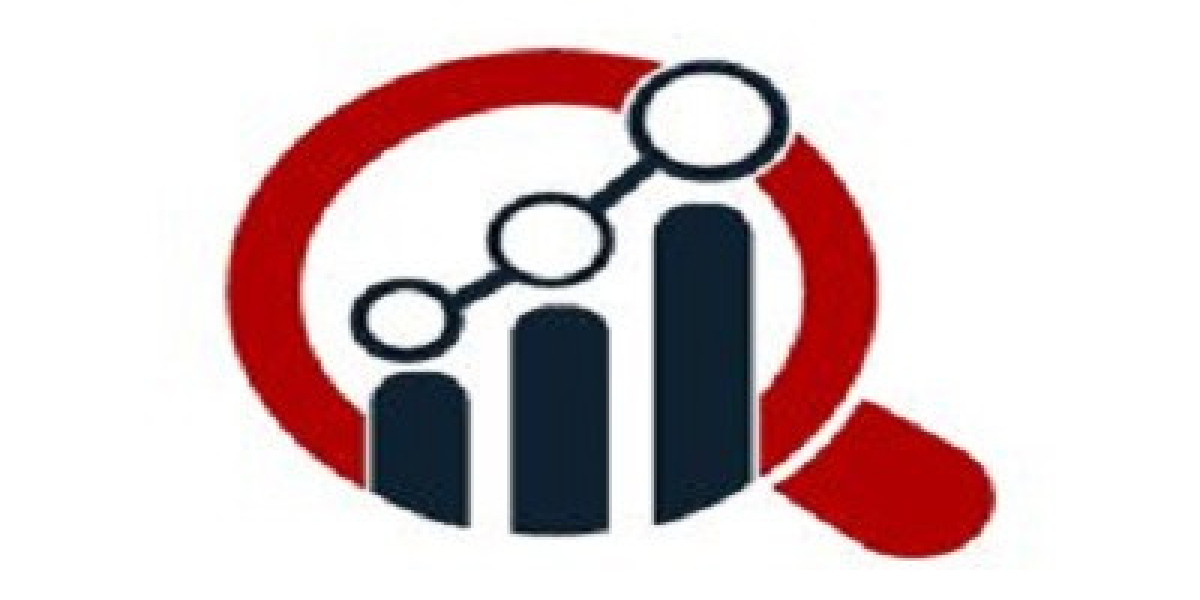The Barite Market is gaining momentum as industrial demand continues to rise globally. Barite, known for its high density and chemical inertness, is crucial in drilling fluids, industrial fillers, and radiation shielding. Its versatile applications and stable properties make it a preferred mineral for several industries.
One of the driving forces behind the barite industry growth is the oilfield sector. Drilling fluids, or muds, require barite to maintain density and prevent formation collapse during exploration. As oil and gas companies increase offshore and onshore drilling operations, the demand for premium-quality barite rises. Additionally, technological improvements in drilling techniques, such as horizontal drilling, further reinforce the need for high-density materials like barite.
Emerging applications also contribute to market expansion. In the medical industry, barite is used in barium meals for diagnostic imaging, while the construction sector employs it as a component in heavy concrete and coatings. Paints, plastics, and rubber industries rely on barite as a filler material to enhance product durability and performance. These diversified applications ensure that barite remains in consistent demand across multiple sectors.
From a regional perspective, Asia-Pacific is emerging as a key growth market due to rapid urbanization, industrial expansion, and large-scale infrastructure projects. China and India are leading producers and consumers, investing heavily in mining operations to meet domestic and international demand. North America and Europe maintain stable demand driven by advanced industrial applications, while Middle East and Africa show growing opportunities in oilfield and construction sectors.
Market players are increasingly focusing on sustainable and eco-friendly practices. Advanced beneficiation techniques and efficient mining operations minimize waste while ensuring consistent quality. Investments in R&D and technology integration allow producers to maintain competitiveness, optimize production costs, and meet stringent environmental regulations.
Challenges persist, including price fluctuations, regulatory constraints, and raw material shortages. However, companies adopting innovation-driven strategies and strategic collaborations are well-positioned to mitigate these issues. The future outlook for the Barite Market remains positive, with strong growth anticipated across diverse end-user industries. The combination of rising industrial demand, technological advancement, and regional expansion will drive sustained growth in the barite sector








